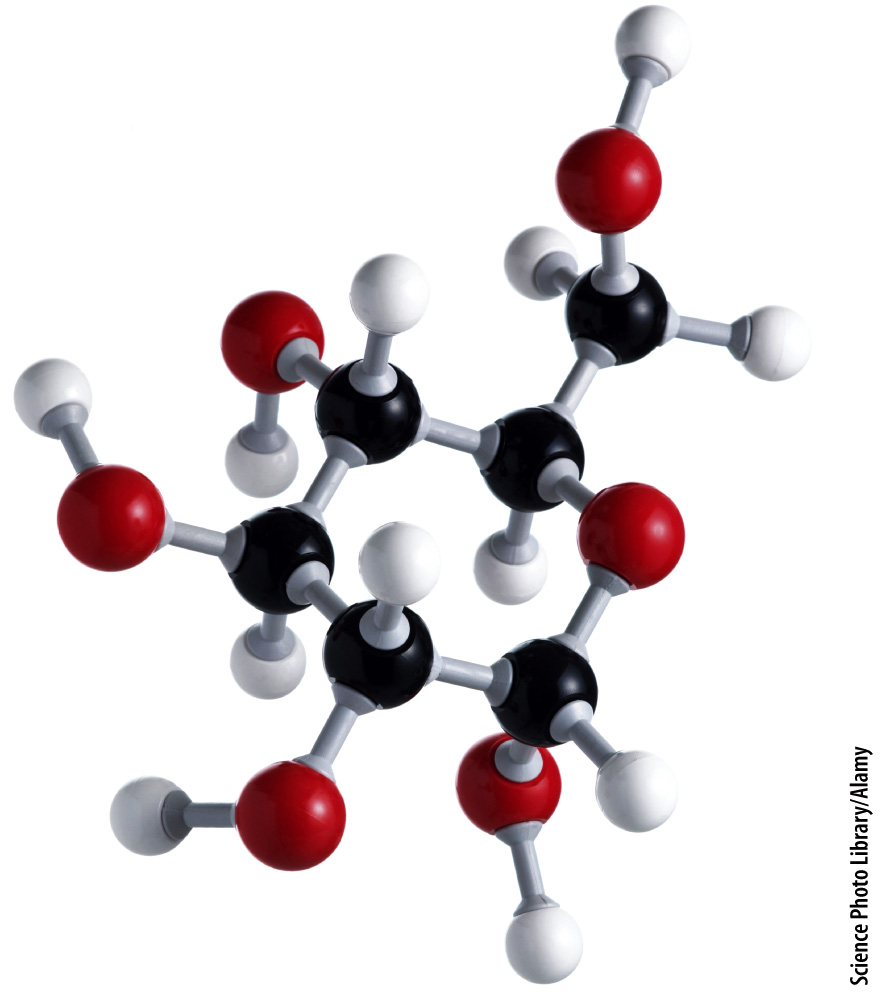Chapter 2 Introduction
29
CHAPTER 2
The Molecules of Life

Core Concepts
- The atom is the fundamental unit of matter.
- Atoms can combine to form molecules linked by chemical bonds.
- Water is essential for life.
- Carbon is the backbone of organic molecules.
- Organic molecules include proteins, nucleic acids, carbohydrates, and lipids, each of which is built from simpler units.
- Life likely originated on Earth by a set of chemical reactions that gave rise to the molecules of life.
30
When biologists speak of diversity, they commonly point to the 2 million or so species named and described to date, or to the 10–
In spite of the diversity of molecules and functions, the chemistry of life is based on just a few types of molecule, which in turn are made up of just a few elements. Of the 100 or so chemical elements, only about a dozen are found in more than trace amounts in living organisms. These elements interact with one another in only a limited number of ways. So, the question arises: How is diversity generated from a limited suite of chemicals and interactions? The answer lies in some basic features of chemistry.